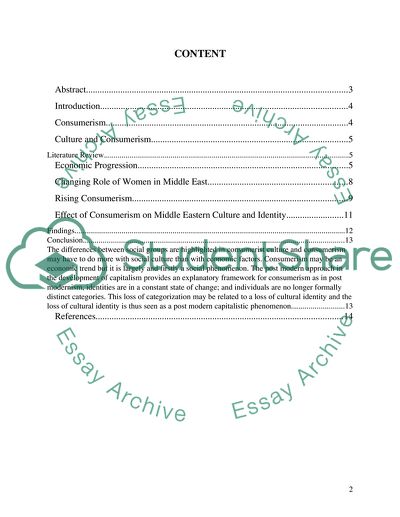Cite this document
(“Consumerism and the loss of identity in the Middle East (Dubai and Essay”, n.d.)
Consumerism and the loss of identity in the Middle East (Dubai and Essay. Retrieved from https://studentshare.org/miscellaneous/1553492-consumerism-and-the-loss-of-identity-in-the-middle-east-dubai-and-doha
Consumerism and the loss of identity in the Middle East (Dubai and Essay. Retrieved from https://studentshare.org/miscellaneous/1553492-consumerism-and-the-loss-of-identity-in-the-middle-east-dubai-and-doha
(Consumerism and the Loss of Identity in the Middle East (Dubai and Essay)
Consumerism and the Loss of Identity in the Middle East (Dubai and Essay. https://studentshare.org/miscellaneous/1553492-consumerism-and-the-loss-of-identity-in-the-middle-east-dubai-and-doha.
Consumerism and the Loss of Identity in the Middle East (Dubai and Essay. https://studentshare.org/miscellaneous/1553492-consumerism-and-the-loss-of-identity-in-the-middle-east-dubai-and-doha.
“Consumerism and the Loss of Identity in the Middle East (Dubai and Essay”, n.d. https://studentshare.org/miscellaneous/1553492-consumerism-and-the-loss-of-identity-in-the-middle-east-dubai-and-doha.


